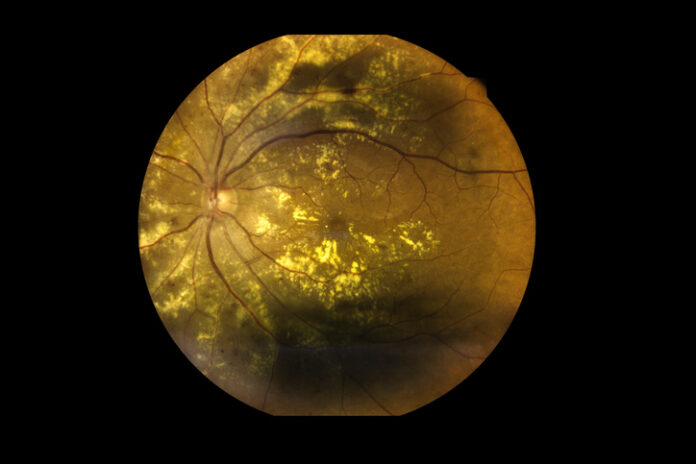
French biotech PulseSight Therapeutics launches today to develop minimally invasive, non-viral gene therapies for sight conditions such as age-related macular degeneration (AMD).
The Paris-based startup has two late-stage preclinical gene therapy candidates. Its lead program for wet AMD, PST-809, and another for dry AMD or geographic atrophy, PST-611.
The company has seed funding from Swiss VC Pureos Bioventures and U.S. VC ND Capital, both of which have extensive ophthalmology experience, as well as Korea Investment Partners. The company is currently raising Series A funding to help progress its gene therapy candidates into clinical trials. The startup will be led by CEO Judith Greciet who was previously CEO of cancer therapeutics biotech Onxeo, now Valerio Therapeutics, and president of the French division of Japanese big pharma Eisai.
AMD impacts around one in eight people over the age of 60 years and commonly leads to blindness in those affected. The disease worsens over time and causes damage to the macula part of the retina. The wet form of the disease is much less common (around 10% cases) than the dry form and is characterized by abnormal and leaky blood vessels growing under the retina, whereas people with the dry form gradually accumulate cellular debris in the retina that damages their sight over time.
Treatments such as anti–vascular endothelial growth factor (VEGF) therapy, which reduces vascular leakage in the eye, are available for wet AMD and have shown success at stabilizing the condition but have to be injected frequently and are expensive. They also become less effective over time. Treatments for dry AMD are limited, although complement inhibitors such as pegcetacoplan have shown some success.
PulseSight’s lead candidate PST-809 for wet AMD comprises a dual-gene plasmid encoding the fusion protein that makes up the anti-VEGF therapy aflibercept and the protein decorin, which helps healing by stopping scar tissue build up and the formation of unnecessary blood vessels. In preclinical testing, PST-809 appeared to be more effective at promoting healing of retinal pigment epithelial cells and stopping vascular leakage than aflibercept alone. Its delivery method also suggests that treatment would not need to be as frequent, for example, every six months as opposed to monthly anti-VEGF treatments.
The other candidate, PST-611, which will be developed to treat dry AMD/geographic atrophy, uses the same platform and delivers plasmids that encode the transferrin protein. Early studies show this protein helps remove iron, reduces oxidative stress, and helps prevent retinal degeneration in patients with dry AMD or geographic atrophy. The team believes that PST-611 also has the potential to help patients with other retinal diseases such as glaucoma or retinitis pigmentosa and it has achieved orphan drug designation from the FDA and EMA for these indications.
PulseSight’s non-viral gene therapies can be transferred to the eye using electro-transfection to get the therapeutic proteins to the ciliary muscle in the eye in DNA plasmids in a minimally invasive manner. Although the two AMD candidates have yet to enter clinical trials, the safety of the technology has been tested in humans in a Phase I/II study in people with another eye condition, chronic noninfectious uveitis. No safety concerns were raised, and expression of the therapeutic proteins lasted for eight months.
Dirk Sauer, PhD, previously head of ophthalmology at Novartis, is now independent chairman of the board at PulseSight. Commenting in a press statement, he said: “Whilst pharma has embraced the potential of gene therapy in ophthalmology, there remains an unaddressed need for non-viral approaches that would unlock the full potential of gene therapies. I am encouraged by the data behind PulseSight’s approach and its therapies, and I look forward to working with the board and the team to validate its disruptive potential through clinical studies.”
The company has acquired a wide-ranging 90 patents to protect its technology.












